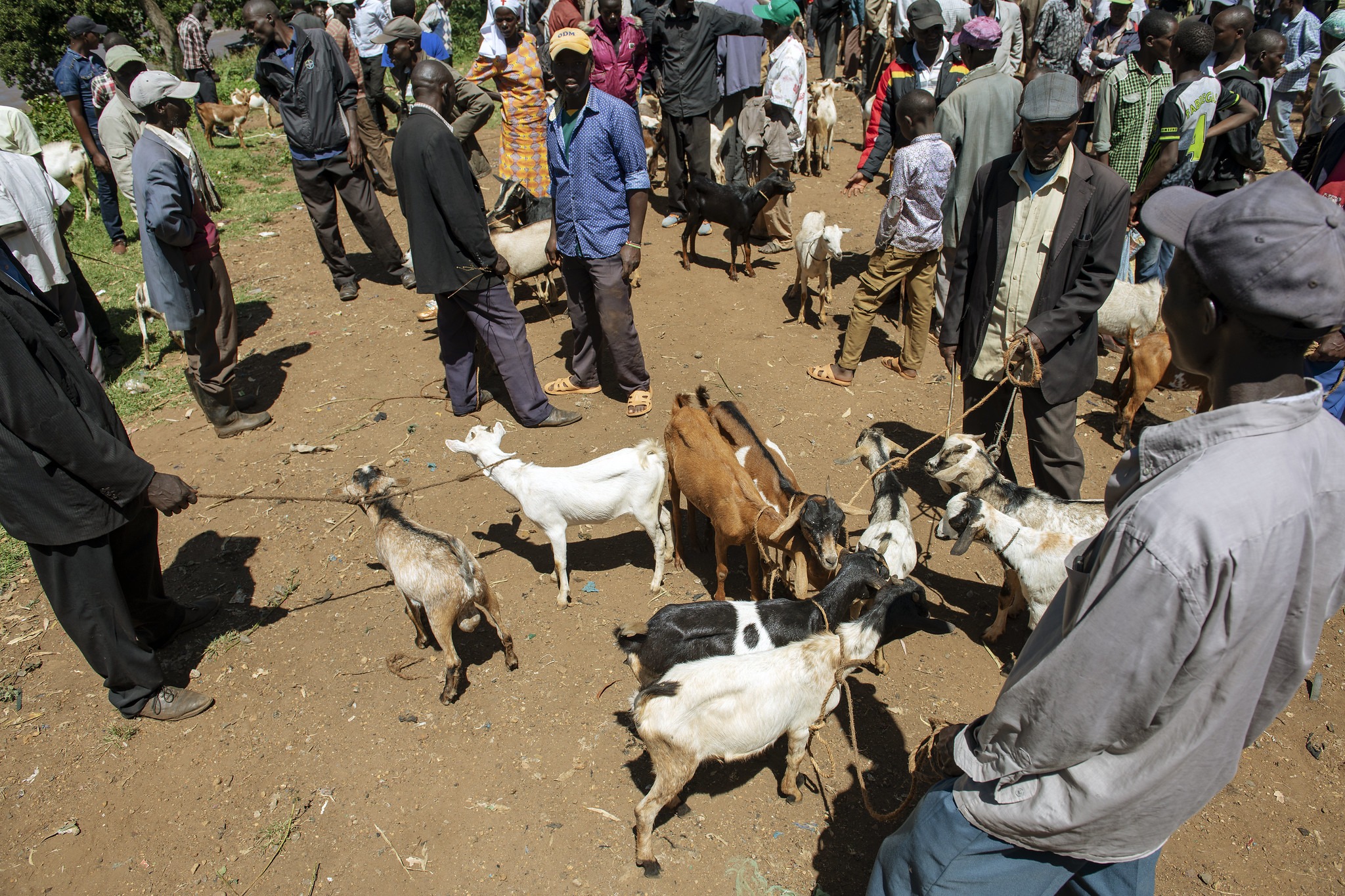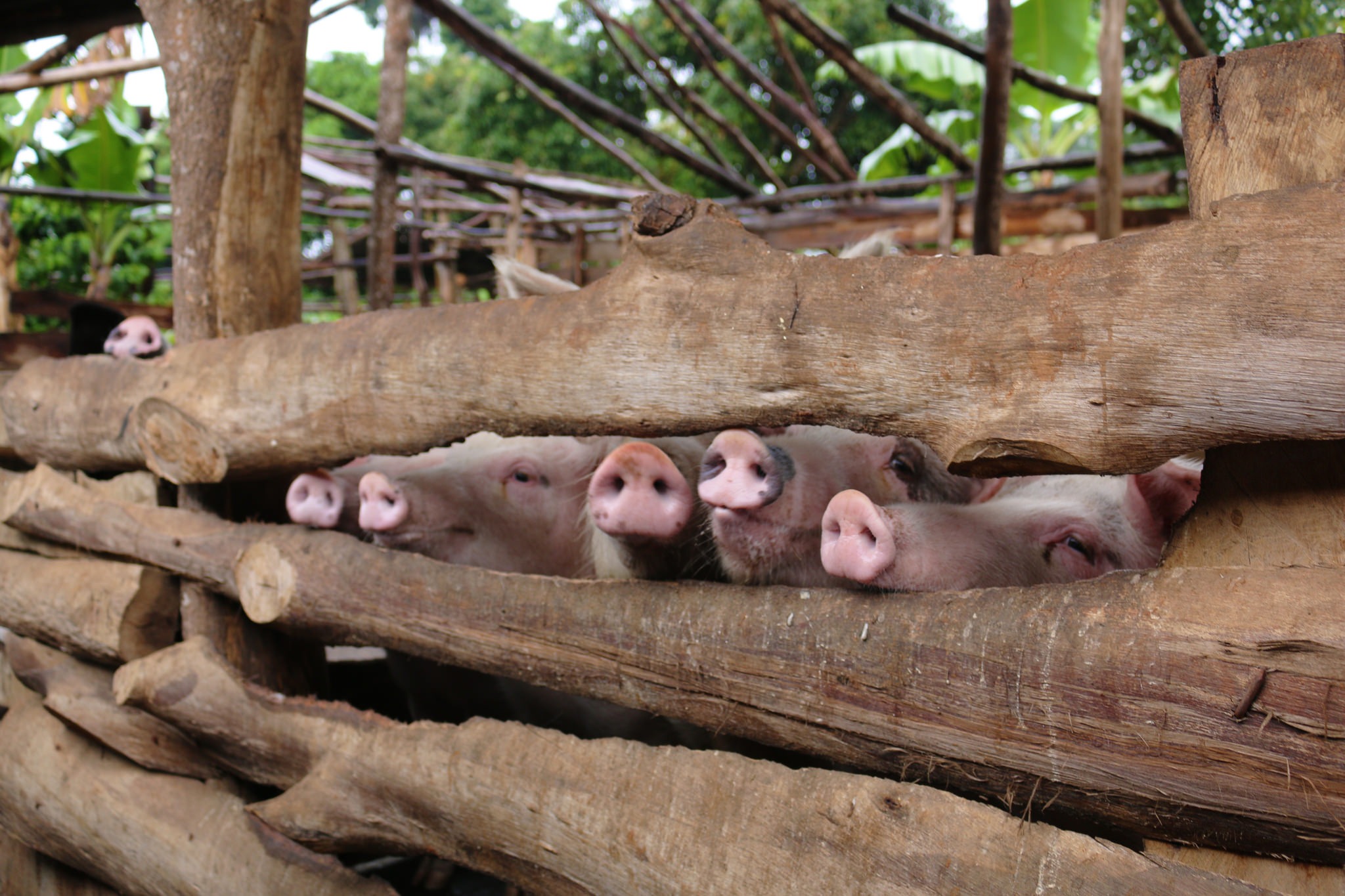

Australia post COVID-19: a global role in agriculture and health
June 9, 2020

By John Anderson, Craig Emerson and Colin Chartres
The Crawford Fund
Among the many lessons to be learned from the COVID-19 pandemic is the imperative of greater preparedness to deal with future viral pandemics and outbreaks of other diseases affecting large parts of the world. The recent DFAT strategy “Partnerships for Recovery – Australia’s COVID-19 development Response,” proposes a focus on health security, stability and economic recovery in the Indo-Pacific region. Here in Australia, we have an opportunity to draw upon the leadership shown by federal and state leaders through the National Cabinet, to minimise the risk of future pandemics through integrated research and development across health, agriculture and the environment. An integrated approach is warranted, since it appears COVID-19, like SARS, MERS, Ebola and some influenzas can be linked to opportunities where animals come into close contact with humans in food chains, such as wet markets. Such an approach can contribute significantly to the DFAT development strategy.
Future threats to food security and health include not only pests and diseases, but also the loss of ecosystem services, such as pollination by insects, diminishing fresh water supplies and increased flooding risks as land is cleared. When these factors overlap due to an increasing human footprint, pest and disease risks increase significantly, including the risk of future pandemics caused by viruses jumping across from wild and domestic animals to humans.
Apart from viruses passed from animals to humans, agriculture has a long history of having to deal with a wide range of emerging pests and diseases. A current-day snapshot of Australia reveals we are confronted with Fall Army Worm, Panama disease and fire ants, while regionally African Swine Fever that wipes out pig populations has already severely affected East Asia and is now in Papua New Guinea.
Australia has done reasonably well through vigilant biosecurity to keep out many crop and animal pests and diseases. But COVID-19 shows how difficult this is when human travelers are involved, unless the borders are locked, or all arrivals quarantined.
Our belief is that Australia must remain vigilant with respect to biosecurity, food and nutrition security and look at future pandemic risks from the perspective of environmental factors that may promote emerging pests and diseases. Whilst increased funding for the Australian Centre for Disease Preparedness is to be welcomed, many emerging threats occur offshore on smallholder farms and associated food chains in developing countries. These may involve known pathogens moving across continents, or sometimes new viruses like COVID-19.
These threats pose existential risks not only to smallholders and those dependent on their produce but, if left unchecked, to Australian agriculture. Australia must boost our own preparedness to deal with emerging threats through strong agricultural biosecurity networks with our regional neighbours.

Furthermore, we need to be working with our neighbours to encourage farming and natural resource management practices that promote plant, animal and human health. There are also concerns that climate change impacts are not only increasing the range of insect-related diseases, but changes in temperature and rainfall are also placing new stresses on the natural and agricultural environment.
Understanding these interactions is also vital to adaptive management. Australia has a great strategic asset here in the form of scientific depth and breadth in the relevant disciplines, and the leading research institutions in the southern hemisphere. Science diplomacy can be one of our most effective forms of ‘soft power’ as the whole region grapples with the challenges of economic recovery, while minimizing the risk of future pandemics.
Australia already has the Australian Centre for Agricultural Research (ACIAR)1, a statutory agency in the Foreign Affairs and Trade portfolio, that supports international agricultural R&D of this nature. Its model of operation builds partnerships between scientists in Australian, overseas sovereign institutions and the international centres of the Consultative Group for International Agricultural Research (CGIAR). For example, Australian investment in the CGIAR has seen returns of around $100 for each Australian dollar invested. These returns have benefited the Australian grain industry via access to the CGIAR genebanks and new crop varieties. Importantly, the availability of these new varieties developed by the CGIAR has enabled global food production to outstrip population growth over the last 40 years, saving hundreds of millions of people from starvation.
The ACIAR partnership model provides terrific ‘bang for the buck’ for Australia, and is valued highly across the region. It has proven to be a lean, adaptable and effective way of improving biosecurity, food security and food safety at home and abroad. This could easily be expanded in a “One-Health” approach that more explicitly links environment and agriculture with human health. The benefits to Australia and the world would be significant given the immense savings from preventing even one future pandemic.
In a world emerging from the current pandemic, many countries will need and welcome Australian scientific support in health, biosecurity and agriculture, and especially the interactions between them. The paradigm of aid delivery should change to include a more integrated focus on health, farming, food supply chains and the environment.
Australia has much to offer globally in terms of our pioneering and adaptive management approaches to farming in tough climates, and managing biosecurity risks. This is an area where we can play a leading role, where investment in overseas development aid helps us, as well as our neighbours in the region.
1 In the interests of open disclosure, the Crawford Fund receives funding from the Australian Government via ACIAR




